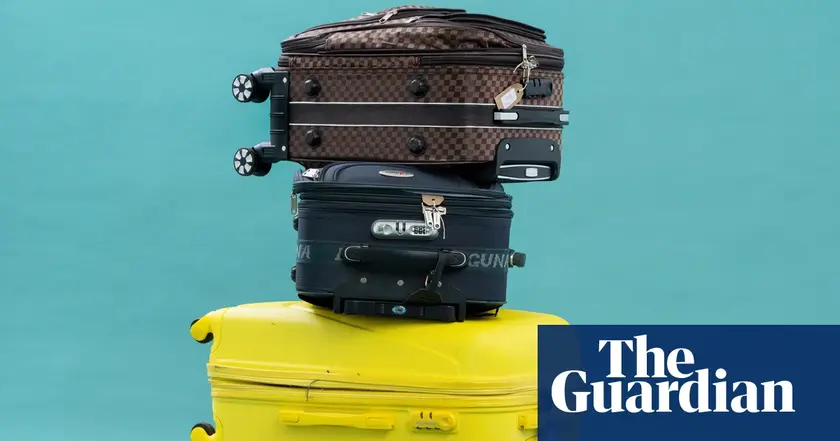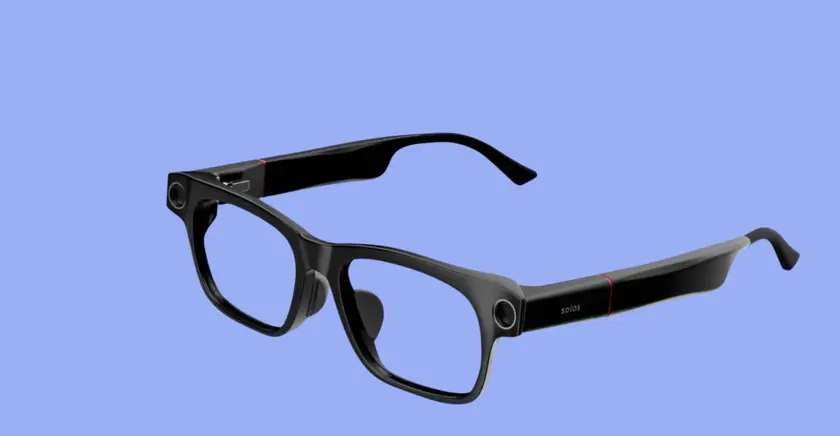T4K3.news
AI glasses help blind man return to work
A visually impaired man returns to work after adopting AI glasses that aid navigation and daily tasks.

A visually impaired man returns to work after adopting AI glasses that aid navigation and daily tasks.
AI glasses help blind man return to work
Andy Evans, 57, from Larkhall near Bath, lost his job after his sight deteriorated and is now back in work thanks to Meta AI glasses. The device features a camera in the frame and small speakers in the arms, and Evans uses his white cane alongside the glasses to move through spaces, read menus, and identify obstacles. He says the glasses have improved his life by letting him order food in a restaurant and understand what is in his path, enabling him to help other blind people as well.
The story highlights a broader trend in wearable AI designed to assist people with vision loss. If the technology proves reliable and easy to use, it could expand opportunities for independence and employment. At the same time, questions remain about cost, maintenance, and privacy as such devices move from niche tech to everyday tools for a wider audience.
Key Takeaways
"These glasses have given me my life back"
Evans describes personal impact of the device
"I can order food in a restaurant again"
Shows practical daily use and regained independence
"Technology should widen opportunity for everyone"
Expresses broader social view
Wearable AI like these glasses could reshape how society supports people with disabilities. They promise greater autonomy and a chance to rejoin the workforce, but real-world impact depends on comfort, battery life, and user training. The devices also raise important debates about data security and who bears the cost when businesses or health services promote or fund ownership of life changing tools.
As more people rely on smart wearables to navigate daily life, there is potential for broader inclusion. Yet the pace of adoption will hinge on affordable pricing, durable hardware, and clear privacy protections. This case invites policymakers and industry players to consider how to scale assistive tech without leaving gaps for those who cannot afford it or lack support networks.
Highlights
- These glasses have given me my life back
- I can order food in a restaurant again
- Obstacles in my path are visible now
- Technology should widen opportunity for everyone
Technology should widen opportunity, not widen gaps.
Enjoyed this? Let your friends know!
Related News

Lost luggage auctions uncover hidden stories

Nancy Jones faces alleged theft by Kirk West

Trad families navigate life off the beaten path

Hearing glasses use AI to boost conversations

Ironheart Episodes 4-6 Review Released

AI hype cools as investors reassess the bubble

Grandson jailed for manslaughter of grandfather

Ally Solos Glasses launch
